Workshop conducting with Philip Harper
Last weekend (February 24, 2024), eight conductors had a conducting workshop with conductor and composer Philip Harper. And I chose this workshop to also work on my conducting. And especially after the podcast I made with him, I wanted to see his working method in person.
Conducting is listening
Harper first took us into a chat about the craft of conducting. After compiling a huge list of conductor qualities together, the Englishman revealed his own most important trait in a conductor. It wasn’t leadership, vision or coaching. No, listening was the most important thing in his eyes.
Conducting also consisted of two items: the physical element (beating time) and the rehearsal element.
Under the physical element he classified gestures, beating the beat, indicating and body communication and everything that you can show. Then it’s about the rehearsal process, how do you approach that?
The rehearsal process
According to Harper, you should always have a vision for a piece. What does it sound like? You test this vision against reality by rehearsing, playing and listening. Of course, there are certain limitations to this assessment. The orchestra may never meet your vision, but you can work towards it.
The rehearsal process is a group process, in which every small goal achieved is part of the big goal. So every little thing you can achieve makes the end result better.
The process starts with having a simple plan. Write down what you are going to rehearse, for what purpose and in how much time. This can be as simple and as extensive as you want.
The rehearsal
He summarized a rehearsal as follows:
- Have a plan.
- Start positively, welcome, let people play first.
- Achieve a goal:
- Play it through.
- LISTEN!
- Choose a goal, a focus.
- Communicates your purpose.
- Play it.
- Evaluate: OK, choose a new passage. Not good, communicate again or better.
- End the rehearsal on a positive note.
When choosing a goal, Harper uses a clear list of priorities:
- The right notes in the right place.
- Basic: short/long, hard/soft, Fast/Slow
- Style and sound.
- Nuances: lines and e.g. vibrato.
Learn to conduct with Destination Moon
For the rest of the day, all conductors work with Brassband Limburg for half an hour on part of a piece. In my case, it was Destination Moon by Paul Raphael (Harper himself). This helped the conductors through the rehearsal process. For some this was mainly the physical conducting technique, for others the choice of focus of the rehearsal itself.
All in all, it was a nice experience and the lesson I learned is to persevere in my approach, which is already quite similar to Harper’s. But mainly choose one goal at a time and don’t solve too many things at the same time and thereby nothing. And also choose a clear approach on a physical level and do not do many things half-heartedly at the same time.



